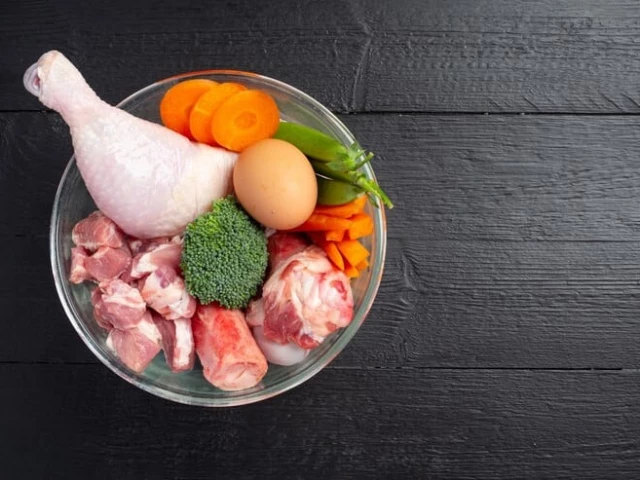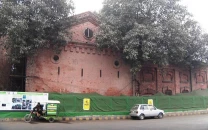Price compliance gap widens
Consumers say official lists have little meaning

Households across the provincial capital continue to feel the pinch as food prices spiral beyond the government's official notifications.
Despite daily issuance of rate lists by the district administration, gaps between listed and actual retail prices persist across the city's markets.
On Sunday, authorities fixed the price of live broiler chicken at Rs343 per kilogramme, meat at Rs497 and farm eggs at Rs305 per dozen.
But shoppers say those numbers had little meaning in practice. In most neighbourhoods, chicken meat was selling at Rs600 to Rs700 per kilogramme, depending on the vendor and area.
"Everywhere you go it's the same story...official lists on the walls, but the actual prices are far higher," said Shahid Hussain, a shopper in Green Town. "The government tells us one thing, the sellers another, and in the end it's the people who suffer."
Poultry traders contend that official lists do not reflect their costs. They argue that feed, transport, and wholesale prices have all risen sharply. Still, consumers say the uniform overpricing across markets points to collusion. Rumours of an undeclared cartel in the poultry sector have circulated for weeks, raising doubts about the effectiveness of regulatory mechanisms.
Vegetable stalls presented a similar picture. A-grade potatoes, officially notified at Rs80-85 per kilogramme, sold closer to Rs120. Onions fixed at Rs70-75 reached Rs140 or more, while tomatoes listed at Rs136-150 were commonly available between Rs200 and Rs240. For low-income families, these staples are becoming increasingly difficult to afford.
The price of basic staples alone makes it hard to cook a simple meal," said Farzana Malik, a schoolteacher shopping in the Township. "We used to buy a few kilos without thinking. Now we count every rupee, and it's still not enough."
Leafy greens also reflected steep gaps. Spinach, fixed at Rs66-70, rarely sold below Rs100 per kg. Local lemons set at Rs237-250 were marked at Rs350-400, while imported Chinese lemons, notified at Rs125-130, fetched more than double that rate in some markets.
Stallholders said circumstances beyond their control were driving the increases. "Crops have been damaged by floods, fuel costs are higher, and wholesale dealers raise prices every week," claimed Abdul Kareem, a vegetable seller in Model Town. "We can't sell at the government rates when our purchase price is already above those numbers."
High-value imports such as ginger and garlic remained especially hard to buy for citizens. Thai ginger, listed at Rs477-500, was retailing at around Rs700-800. Chinese ginger, fixed at Rs420-440, also sold at similar inflated rates. Local garlic, officially Rs205-215, was rarely found below Rs300 in the markets.
Other popular vegetables showed similar distortions. Peas, notified at Rs372-390, cost Rs500-600 at retail stalls. Cauliflower and cabbage, fixed at Rs152-160 and Rs115-120 respectively, sold at least Rs40-60 higher.
For many families, these sustained discrepancies are forcing cutbacks. "We're buying less of everything now," said Adeel Raza, a father of four from Shahdara. "Meat is almost out of reach, so we turn to vegetables — but even those are priced like luxury items."
The Punjab government has recently set up a Price Control and Commodity Management Department to address rising costs, but residents say its impact is not visible.
With crop supplies still disrupted by floods and traders citing higher operational costs, analysts warn that the coming months may bring further strain unless the government strengthens enforcement and stabilises the supply chain.
Officials insist the monitoring will be tightened.




















COMMENTS
Comments are moderated and generally will be posted if they are on-topic and not abusive.
For more information, please see our Comments FAQ